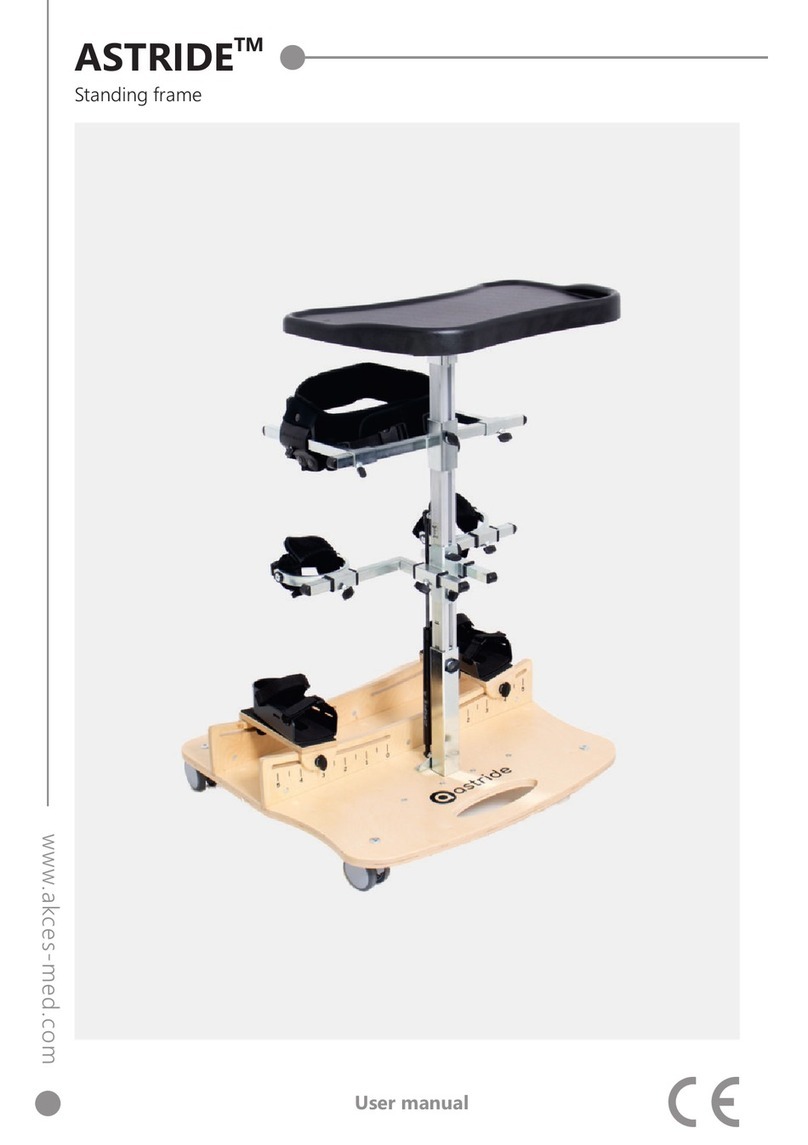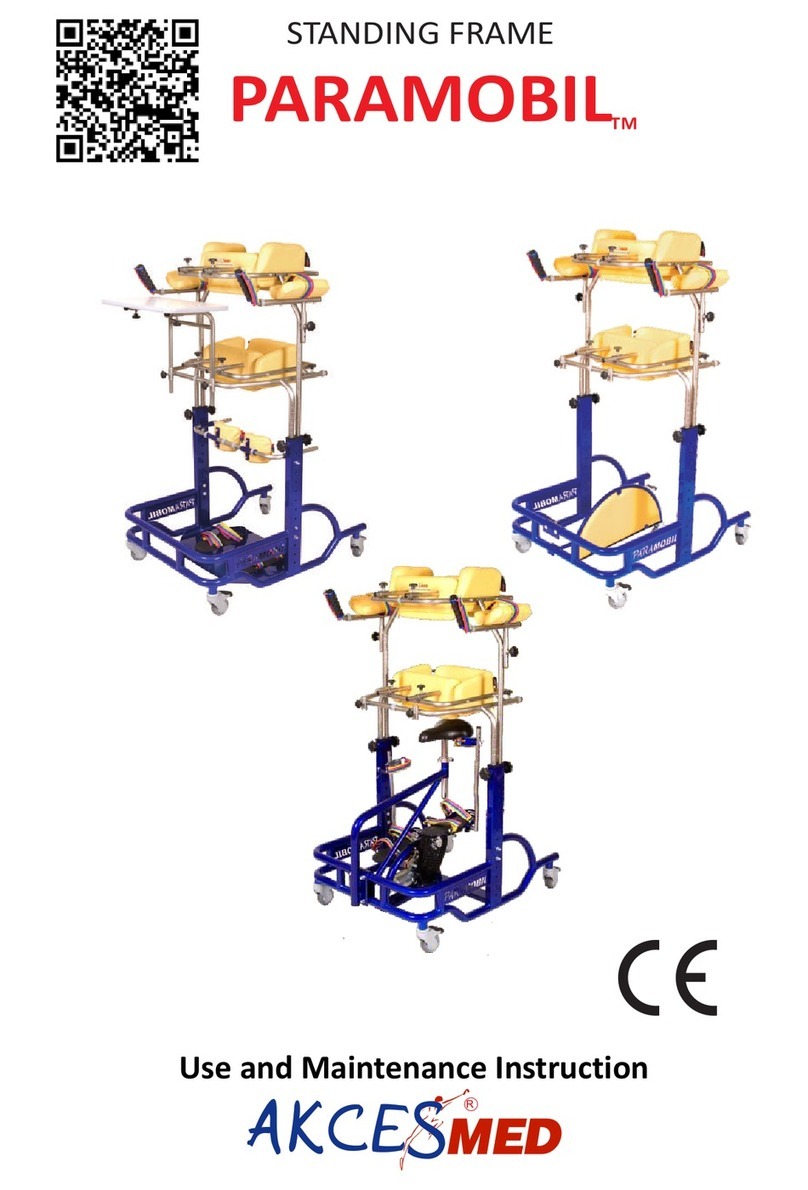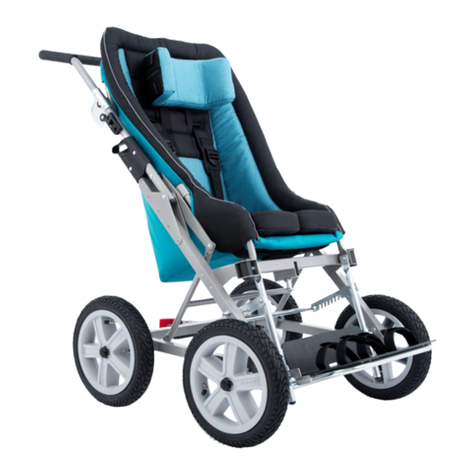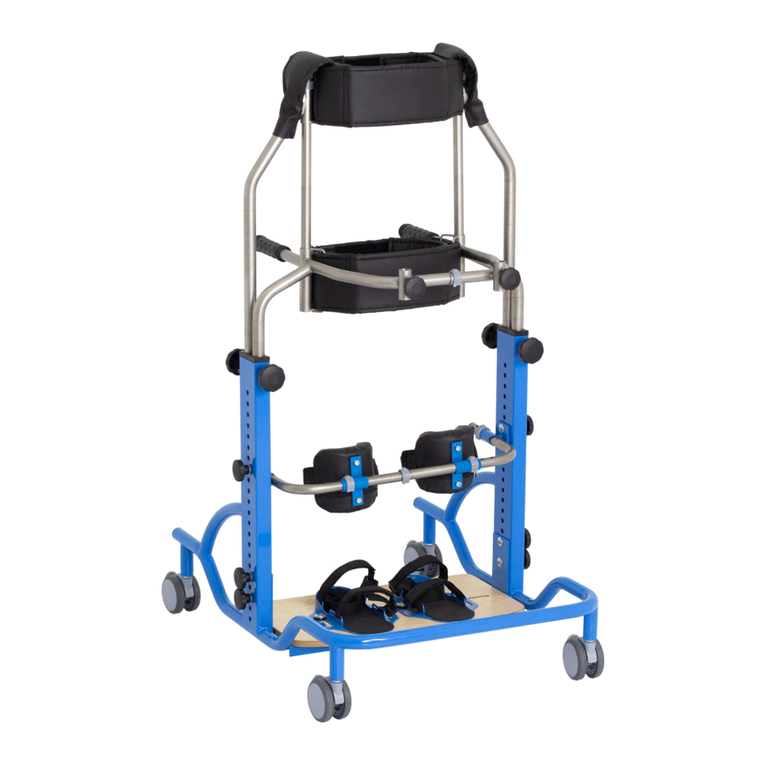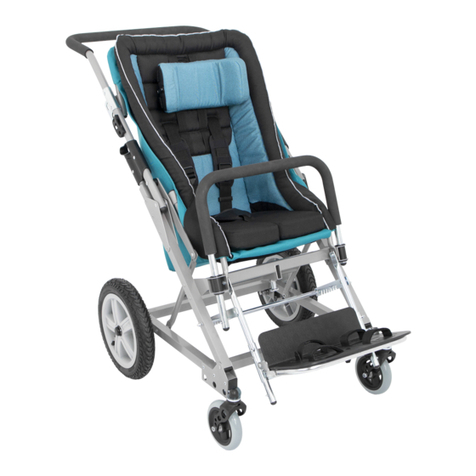
CONTENTS
1. The purpose of user manual.................................................................................................5
2. Indications for use..................................................................................................................5
3. General characteristics of chair...........................................................................................6
3.1 Standard equipment...................................................................................................6
3.2 Additional equipment.................................................................................................7
4. Size table................................................................................................................................9
5. Detailed description how to use chair.............................................................................10
6. Additional equipment.........................................................................................................12
6.1 Head stabilizing belt................................................................................................12
6.2 H harness.................................................................................................................12
6.3 Cover for headrest...................................................................................................12
6.4 Tray............................................................................................................................13
6.5 Soft cover for tray....................................................................................................13
6.6 Tray for manual therapy.........................................................................................14
6.7 .....................................................................................................14
6.8 ................................................................................................15
7. The use of chair...................................................................................................................16
7.1 Preparation of the patient.......................................................................................16
7.2 How to use chair........................................................................................................17
7.3 Sitting position..........................................................................................................18
8. Safety rules....................................................................................................................20
9. Maintenance and cleaning .......................................................................................23
10. Labelling.............................................................................................................................25
6 points harness
Adjustable headrest


